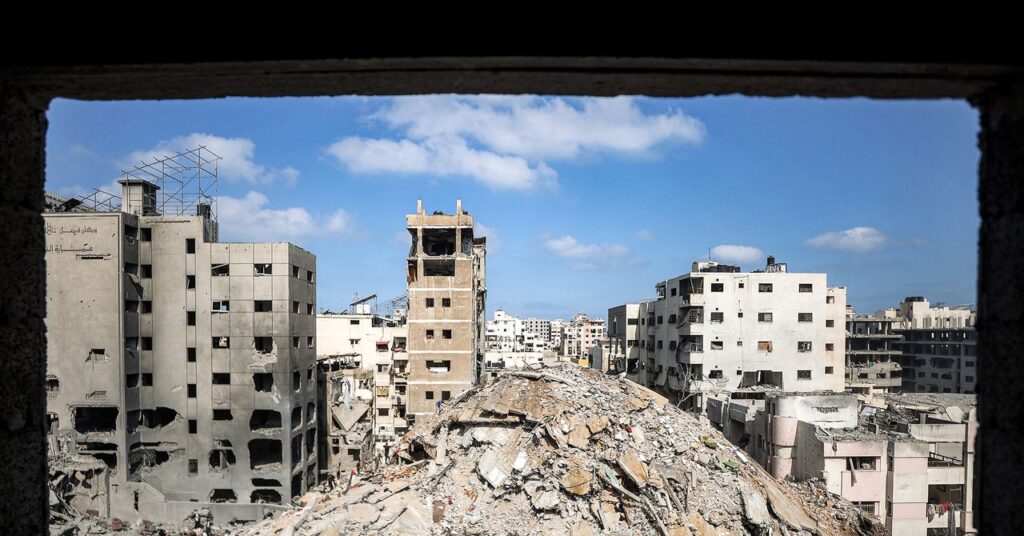“These constraints include barriers to movement of people and goods from the West Bank and Gaza, restrictions on aquifer access, and limits on mobile communications standards,” reads one section focused on these constraints. “They also impose low-quota restrictions on banking activities (e.g., cash shekel transfers to Israeli banks).”
Compared to redevelopment, however, a much more immediate concern is increasing the amount of food and medical aid entering Gaza. For many months, Israel has been severely restricting the number of aid trucks allowed into Gaza. The Integrated Food Security Phase Classification, a UN-backed system for addressing hunger, said in July that a “worst-case scenario” is playing out in Gaza.
Under the current terms of the peace treaty, the number of aid trucks allowed to enter Gaza each day will increase to a maximum of 400—but only for the first five days after the treaty is finalized, though the number of trucks may increase in later stages. The GHF adviser estimated that just 20 trucks entered the strip on a typical day.
It’s not clear whether the GHF alone will be expected to bring in many more aid trucks per day or whether that responsibility will be distributed among multiple aid groups, according to the GHF adviser.
The primary barriers from an influx of aid, the adviser adds, are whether the prisoner exchange proceeds as planned and whether the Israeli military speedily approves new sites to distribute aid.
There have been delays in these sites being approved. Mike Huckabee, the US ambassador to Israel, announced in early August that GHF would soon increase its number of distribution sites from four to 16. Shortly after, the GHF adviser claims, the foundation had readied plans on how to open the sites, but they say GHF lacked permission from Israel to do so.
“The proof of concept had been done at that point,” they tell WIRED. “And we really thought it was going to grow, but it hasn’t.”

